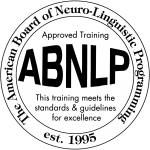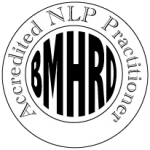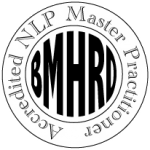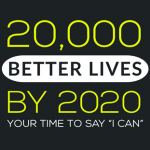Important notice: Panic Attacks will not kill you.
What is a Panic Attack?
It is a sudden surge of intense anxiety or fear lasting anything from 5 minutes up to 30, although it may feel like longer. It can be a very frightening experience and often the sufferer feels they are going to collapse, having a heart attack or going to die.
This can happen to anybody, at anytime and often the trigger is not known or the fearful response is out of proportion to the current situation (Phobic response).
It is more common in women than men.
What does it feel like?
The sufferer will experience several physical symptoms during this time as the body goes into its fight or flight response.
Dizziness / Lightheaded
Nausea
Dry mouth
Pounding Heart
Tingling/numb fingers/toes
Sweating
Short of breath
Pain in chest
Hot / Cold flushes
Trembling / shaking
Ringing in ears
Fear of losing control, going insane, dying, world closing in
Panic attacks are different from Anxiety attacks
What causes Panic attacks
The body goes into flight or fight response. as it tries to take in more Oxygen, your breath quickens.
The body releases adrenaline which speeds up the heart rate and your muscles to tense up.
Panic attacks can also have physical symptoms, including shaking, feeling disorientated, nausea, rapid, irregular heartbeats, dry mouth, breathlessness, sweating and dizziness.
The symptoms of a panic attack are not dangerous, but can be very frightening.
dle a panic attack
Professor Paul Salkovskis, Professor of Clinical Psychology and Applied Science at the University of Bath, says it’s important not to let your fear of panic attacks control you.
“Panic attacks always pass and the symptoms are not a sign of anything harmful happening,” he says. “Tell yourself that the symptoms you’re experiencing are caused by anxiety.”
He says don’t look for distractions. “Ride out the attack. Try to keep doing things. If possible, don’t leave the situation until the anxiety has subsided.”
“Confront your fear. If you don’t run away from it, you’re giving yourself a chance to discover that nothing’s going to happen.”
As the anxiety begins to pass, start to focus on your surroundings and continue to do what you were doing before.
“If you’re having a short, sudden panic attack, it can be helpful to have someone with you, reassuring you that it will pass and the symptoms are nothing to worry about,” says Professor Salkovskis.
Breathing exercise for panic attacks
If you’re breathing quickly during a panic attack, doing a breathing exercise can ease your other symptoms. Try this:
- Breathe in as slowly, deeply and gently as you can, through your nose.
- Breathe out slowly, deeply and gently through your mouth.
- Some people find it helpful to count steadily from one to five on each in-breath and each out-breath.
- Close your eyes and focus on your breathing.
You should start to feel better in a few minutes. You may feel tired afterwards.
Visit the No Panic website for another breathing exercise to calm panic.
Ways to prevent panic attacks
“You need to try to work out what particular stress you might be under that could make your symptoms worse,” says Professor Salkovskis. “It’s important not to restrict your movements and daily activities.”
- Doing breathing exercises every day will help to prevent panic attacks and relieve them when they are happening.
- Regular exercise, especially aerobic exercise, will help you to manage stress levels, release tension, improve your mood and boost confidence.
- Eat regular meals to stabilise your blood sugar levels.
- Avoid caffeine, alcohol and smoking – these can make panic attacks worse.
- Panic support groups like No Panic have useful advice about how you can effectively manage your attacks. Knowing that other people are experiencing the same feelings can be reassuring.
- Cognitive behavioural therapy (CBT) can identify and change the negative thought patterns that are feeding your panic attacks.










